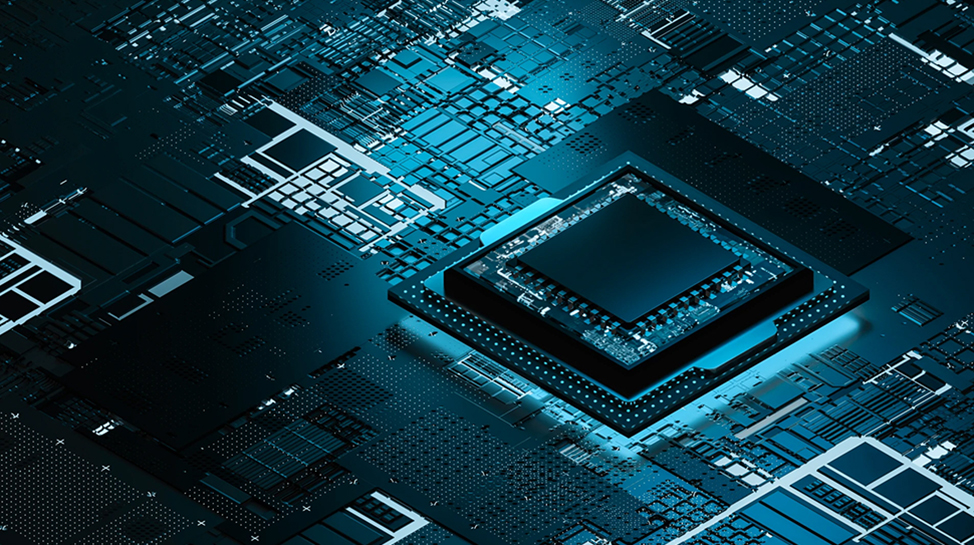'Holy grail for memory tech': New candidate for universal memory emerges in race to replace RAM and NAND — and this one doesn't use a toxic compound
ULTRARAM will reportedly retain data for a thousand years

The current memory market, worth $165bn a year, is dominated by DRAM and NAND flash. The former is fast with excellent endurance but is volatile, requiring constant refreshing of data. The latter on the other hand, is non-volatile, retaining data when unpowered, but is slower and has poor program/erase cycling endurance.
ULTRARAM, developed by Quinas Technology, a spinoff from Lancaster University in the UK, combines the advantages of both, offering fast, non-volatile memory with high endurance and ultra-low switching energies.
The technology, which recently won an award at the Flash Memory Summit, boasts superior longevity than flash storage, matches the read/write speeds of system memory, and requires less power.
Resonant tunneling
ULTRARAM leverages a quantum-mechanical process called resonant tunneling, enabling it to deliver non-volatility with fast, energy-efficient write and erase capabilities, leading to high endurance. This combination of properties was previously considered unattainable, and why some have referred to it as the “holy grail for memory tech”.
ULTRARAM is not silicon-based but rather uses materials known as III-V compound semiconductors, including gallium antimonide (GaSb), indium arsenide (InAs), and aluminium antimonide (AlSb).
Unlike flash memory, which uses a highly resistive oxide barrier to retain charge, ULTRARAM uses atomically thin layers of InAs/AlSb to create a "triple-barrier resonant-tunneling" (TBRT) charge-confining structure. This allows ULTRARAM to switch between a highly resistive state and a highly conductive state, giving it its unique properties.
ULTRARAM's energy efficiency is certainly impressive. It has a reported switching energy per unit area that is 100 times lower than DRAM, 1,000 times lower than flash, and over 10,000 times lower than other emerging memories. Its ultra-low energy credentials are further enhanced by its non-destructive read and non-volatility, which removes the need for refresh.
Sign up to the TechRadar Pro newsletter to get all the top news, opinion, features and guidance your business needs to succeed!
The endurance of ULTRARAM is also noteworthy. Quinas claims it has demonstrated degradation-free operation in excess of 10 million program/erase cycles.
The development of ULTRARAM is timely, given that data centers are consuming ever increasing amounts of electricity. By reducing the energy required to keep data alive in active memory or shifting it between stored and active memory, ULTRARAM could significantly lower the energy demands of the sector.
And one more benefit? The inventors say it can be mass-produced using existing manufacturing processes in the semiconductor and silicon industries.
More from TechRadar Pro

Wayne Williams is a freelancer writing news for TechRadar Pro. He has been writing about computers, technology, and the web for 30 years. In that time he wrote for most of the UK’s PC magazines, and launched, edited and published a number of them too.